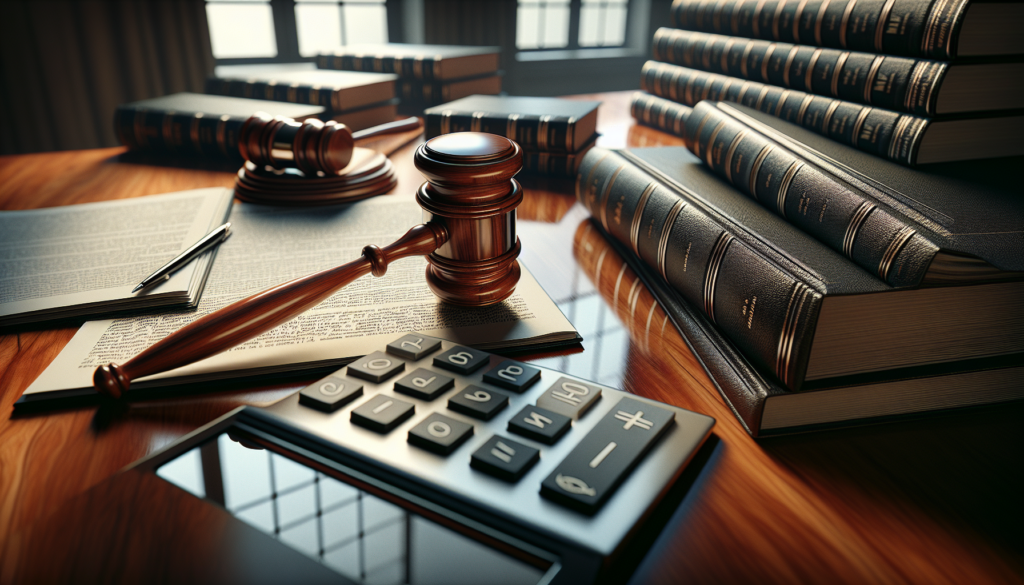
Being served with a lawsuit for credit card debt marks the beginning of a formal legal process that can be daunting. Understanding the court process can help you navigate the situation more effectively. Here’s an expanded overview of what to expect and how to respond:
Step 1: The Summons and Complaint
- Receiving the Summons: The process begins when you are served with a summons and complaint. The summons notifies you of the lawsuit, and the complaint details the reasons for the lawsuit, typically the amount owed and the failure to make payments.
- Review Carefully: It’s crucial to carefully review the documents to understand the creditor’s claims. Look for the amount claimed, the name of the creditor, and any deadlines for responding.
Step 2: Responding to the Lawsuit
- Deadline to Respond: You typically have a limited time to respond to the lawsuit, often 20 to 30 days from the date you were served. Failing to respond can result in a default judgment against you, granting the creditor the right to collect the debt through wage garnishment, bank account levies, or property liens.
- Consider Legal Representation: Consulting with an attorney can provide valuable guidance on how to respond. An attorney can help you determine if you have any defenses to the lawsuit, such as the statute of limitations expiring on the debt.
Step 3: The Discovery Process
- Exchange of Information: Both parties may engage in discovery, a process where each side requests information and documents from the other to build their case. This might include statements, contracts, payment records, and other relevant documents.
- Interrogatories and Depositions: You may receive interrogatories (written questions) that you’re required to answer or be asked to participate in a deposition (a sworn, oral testimony).
Step 4: Pre-Trial Motions and Settlement Efforts
- Motions: Either party can file pre-trial motions, such as a motion to dismiss the case if there are legal reasons why the lawsuit should not proceed.
- Settlement Discussions: Often, parties will attempt to settle the debt outside of court. Settlement can result in paying a lump sum that is less than the full amount owed or arranging a payment plan. An attorney can negotiate on your behalf.
Step 5: The Trial
- Going to Court: If the case does not settle, it will go to trial. During the trial, both parties present their evidence and arguments. You will have the opportunity to present your defense and question the creditor’s evidence.
- Judge’s Decision: After hearing both sides, the judge will make a decision. If the judgment is in favor of the creditor, they may be granted the right to collect the debt through various means.
Step 6: Post-Judgment Actions
- Collection Activities: If a judgment is entered against you, the creditor may take steps to collect the debt, including garnishing wages or levying bank accounts.
- Rights and Remedies: Even after a judgment, you have rights. For example, certain income and assets may be exempt from garnishment. You can also explore options like negotiating a payment plan or considering bankruptcy to discharge the debt.
Facing a lawsuit for credit card debt is a serious matter, but understanding the court process and your options can help you take control of the situation. Whether through settlement, presenting a defense at trial, or exploring debt relief options like bankruptcy, there are steps you can take to address the lawsuit and work towards resolving the debt. Consulting with a knowledgeable attorney can provide you with the guidance and representation you need to navigate the process and protect your interests.

Get a Free Bankruptcy Case Evaluation